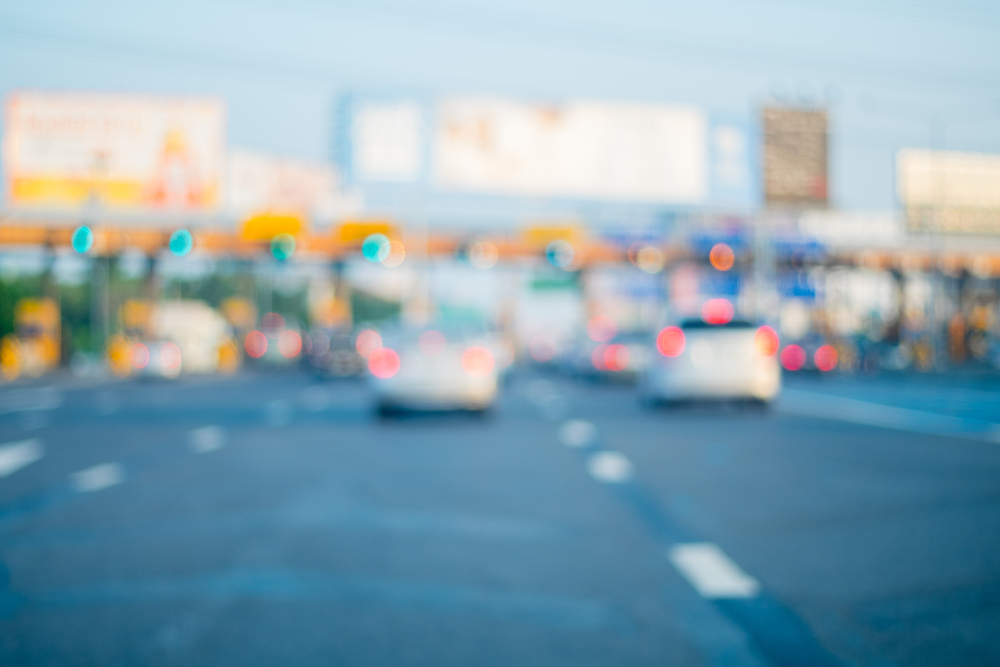NYC transportation is undergoing many exciting changes, ranging from open road tolling to new art installations in the subway.
The New York Crossing Project
Governor Cuomo unveiled plans for The New York Crossing Project, which will involve a revamp of the city’s ground transportation infrastructure, in October. As part of this plan, tollbooths will be replaced with advanced toll-collecting sensors by the end of 2017. Plans also call for outfitting bridges throughout the city with LED lighting displays as a form of public art. The new plans, which will include switching the Queens-Midtown and Hugh L. Carey Brooklyn Battery tunnels to open road tolling, are meant to help ease traffic while boosting security. The anticipated timeline provided by the MTA includes the following completion dates:
- Hugh L. Carey Tunnel – January 2017
- Queens Midtown Tunnel – January 2017
- Rockaway Bridges – Spring 2017
- RFK Bridge – Summer 2017
- Verrazano-Narrows Bridge – Summer 2017
- Throgs Neck Bridge – Fall 2017
- Bronx-Whitestone Bridge – Fall 2017
The switch will involve installing state-of-the-art sensors and cameras over the highway on structures called gantries. These gantries can read E-ZPass tags while also taking images of license plants. In this way, vehicles will no longer have to stop in order to pay a toll. Those who do not have an E-ZPass will still have their license plates recorded and, rather than being charged immediately, they will receive a bill in the mail every 30 days. The state is also placing 150 State Troopers at key checkpoints in order to crack down on toll evaders. The governor’s office reports that the open road tolling will save commuters approximately 21 hours of drive time each year while also conserving a million gallons of fuel and saving $2.3 million in gas each year.
Artist Behind Second Avenue Subway Art Revealed
As the state’s largest permanent public art installation, the Second Avenue Subway was livened up with a great deal of public art. While the Metropolitan Transportation Authority announced plans for the art in the early part of 2014, the display is just now opening to the public. Featuring dozens of works spread out over four stations along the extension, the Second Avenue subway essentially serves as an underground museum honoring the city’s legacy of building engineering marvels that help to elevate the human experience. As with other forms of public works projects, the project is not meant to be just about function. Rather, it is meant to be an expression of the city.
Some of the works included in the project that can be enjoyed by anyone at any time for free include:
- 63rd Street Station: Artist Jean Shin uses archival photos of the Second and Third avenue elevated trains to create images in glass mosaic, ceramic tile and laminated glass.
- 72nd Street Station: Brazilian artist Vik Muniz’s “Perfect Strangers” offers colorful images of New Yorkers that have been created in mosaic.
- 86th Street Station: Chuck Close’s “Subway Portraits involves 10 nine-foot-high installations in mosaic and two works in ceramic tile depicting well-known individuals such as Kara Walker, Lou Reed and Philip Glass.
- 96th Street Station: Sarah Sze’s “Blueprint for a Landscape” consists of nearly 4,300 porcelain tiles spread throughout the station and spanning 14,000 square feet. Images include birds, trees and sheets of paper

